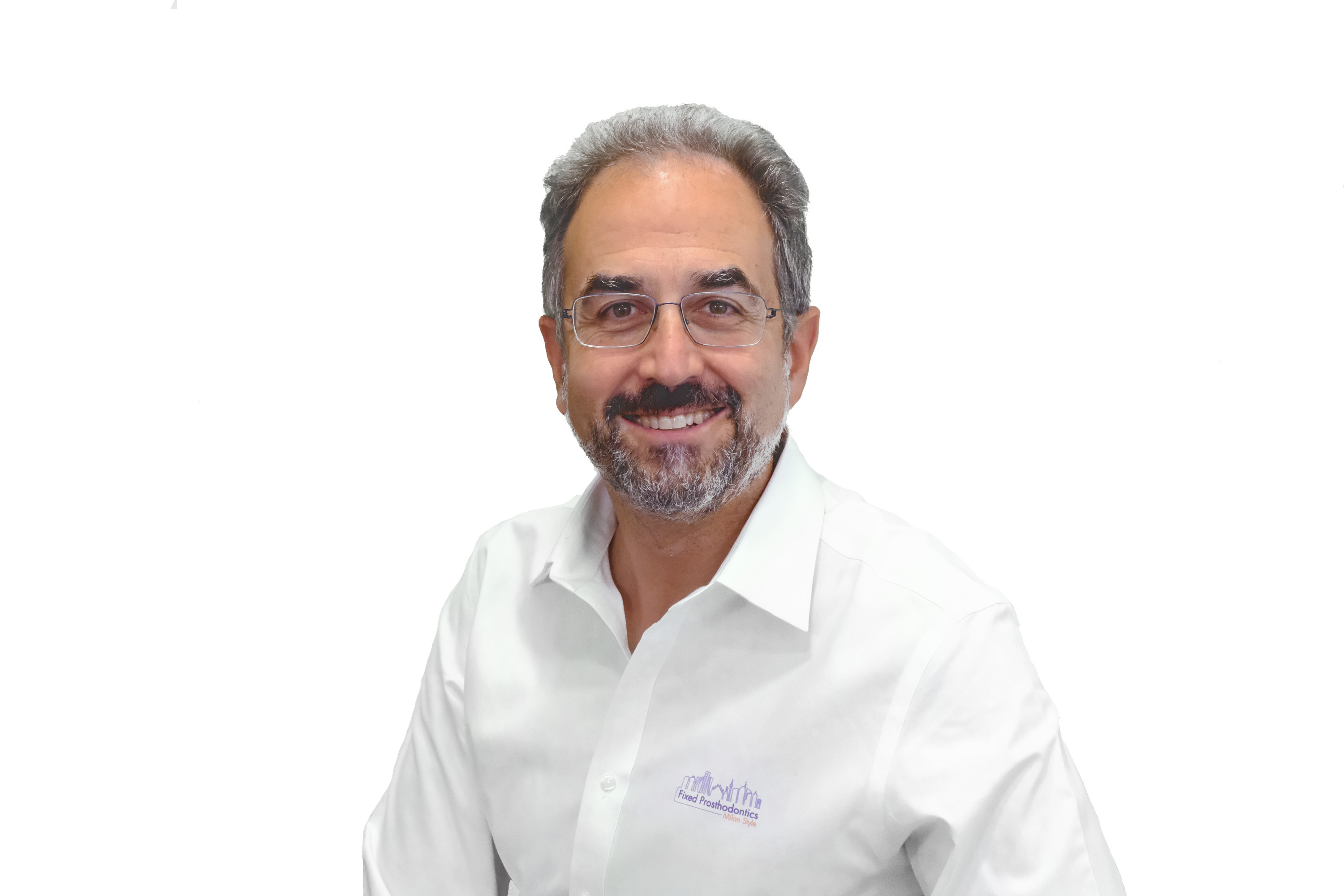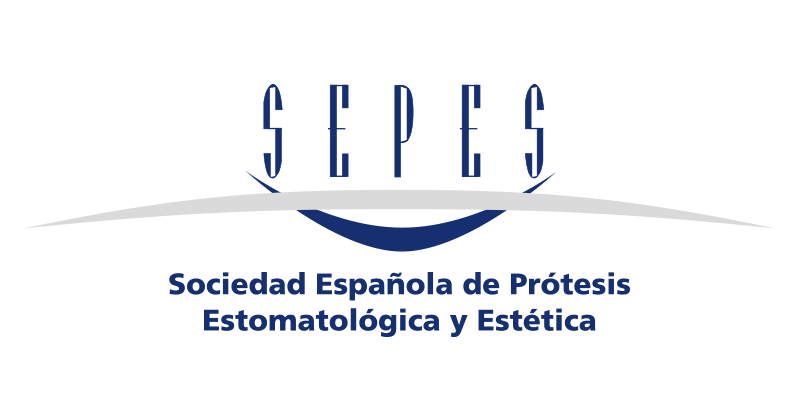CURRENT ORTHODONTIC APPROACHES AND STRATEGIES IN THE TREATMENT OF INTERDISCIPLINARY PATIENTS
Orthodontic treatment is indicated to reposition natural teeth in the majority of partially edentulous patients requiring prosthetics and osseointegrated implants. These patients may also have periodontal problems and reduced periodontal support. The orthodontics may be important to correct the sagittal, vertical and transverse positions of the teeth, to improve masticatory function, to create the necessary space for restoring the m-d dimension of the crowns, improve the periodontal condition, and to obtain a satisfactory and natural looking esthetic outcome. Osseointegrated implants, as well as non-integrated mini-implants or temporary anchorage devices (tads), can be used as anchorage to carry out the planned orthodontic movements, especially in those patients with many missing teeth, and to support temporary crowns in edentulous areas. The treatment of such patients implicates an accurate diagnosis, careful treatment planning and an efficient line of communication between the orthodontist, periodontist and prosthodontist. This lecture will illustrate the variables that should be taken into consideration when a combined orthodontic-periodontic-implant-prosthetic treatment is necessary.
Learning objectives:
• To stress the importance of an interdisciplinary collaboration and to create a team (orthodontist, periodontist, prosthodontist, oral surgeon and dental technician).
• To plan the orthodontic-prosthetic treatment in a detailed manner and to demonstrate that it is indispensable for optimal control of the treatment.
• To understand the indications for an orthodontic setup as an effective means of communication within the team and with the patient.
• How tads can be used as anchorage to obtain otherwise difficult or impossible tooth movements as well as to support temporary crowns for missing teeth.
• To illustrate complex clinical cases treated with an interdisciplinary approach.

